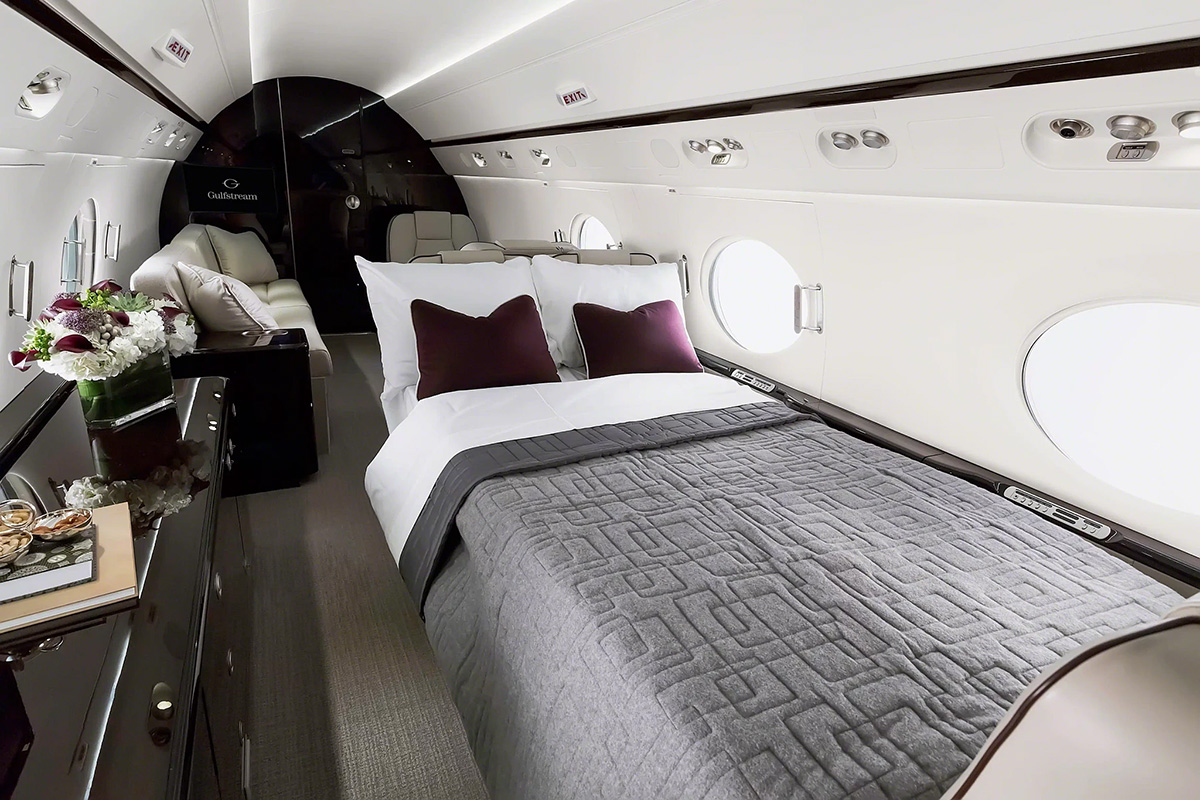
Business aviation allows the pilot to fly while you relax in luxury.
Over the past few years, the “Second Gilded Age” has led to seismic shifts in our society. The combination of the vast international wealth recently created, and the impacts of the pandemic have fundamentally changed business aviation. To examine the impact of these changes, let’s look at the recent evolution of business aviation before identifying three key challenges today’s aircraft buyers (and prospects) should consider.
Business Aviation Through the Years
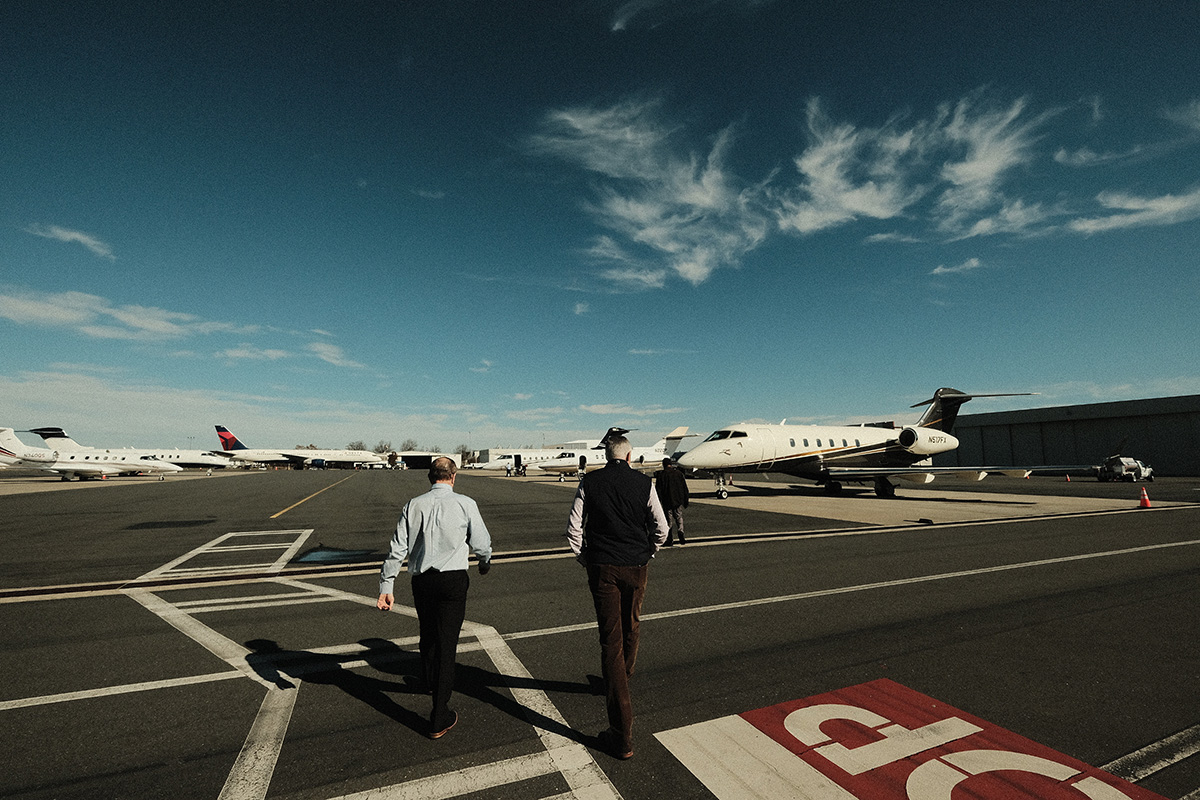
When the 2007/2008 financial crisis emerged, the business aviation industry was hit extremely hard, with aircraft production rates and deliveries plummeting and only recovering nearly ten years later. Aircraft values fell much faster in the ten years that followed and continued to fall until two years before the pandemic in 2020. Rapidly falling values kept many potential buyers on the sidelines until used aircraft values started to recover with the pandemic.
Over the past three to seven years, the typical business aviation user and aircraft buyer shifted from corporations to ultra-high net worth individuals, many of whom are first-time buyers. This shift brought with it new changes to the industry—some subtle and others more obvious—the impacts of which we are only beginning to understand now. These changes include how aircrafts are acquired, financed, managed and operated.
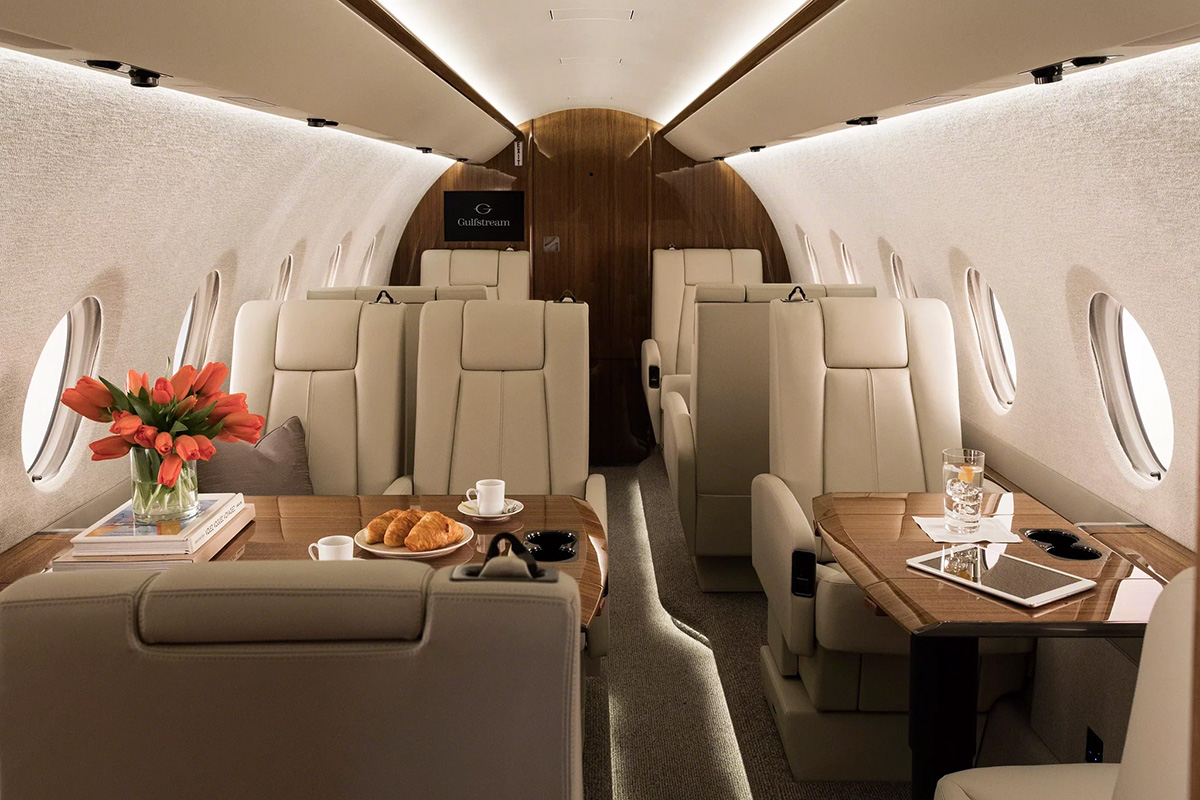

The desire to travel in a safer environment—or to even travel at all—during the pandemic, combined with a rapid acceleration of wealth creation, launched a recovery in aircraft values to levels that seemed unimaginable a few years prior. Demand increased, used aircraft inventories reached historical lows and massive backlogs in new aircraft orders surfaced—much of which was driven primarily by ultra-high net worth individuals. The majority of these buyers never owned an aircraft before. Without teams of corporate acquisition specialists, buyers were left to fend for themselves in a specialized and highly-regulated industry. As a result, many turned to their private bankers, consultants and family offices to assist in structuring, buying, managing and understanding business aircraft.
Battling a Pilot Shortage
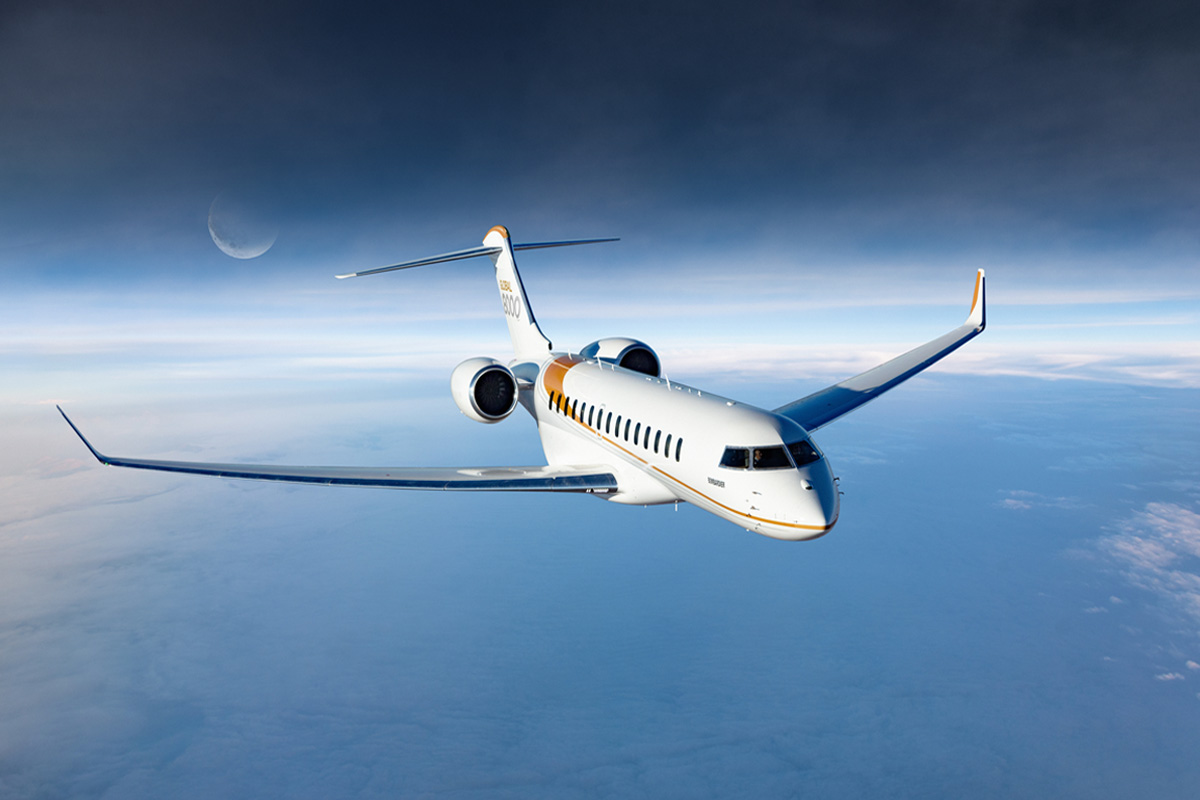
Over the past three years, professional third-party aircraft management companies have experienced growth in their fleets, often doubling or tripling their size, to accommodate the unprecedented demand from new aircraft buyers. While offering services to manage increasingly complex and bigger aircraft fleets, they also provide access to pilots, which has become more difficult due to a burgeoning—and severe—global pilot shortage. Trying to hire pilots without help has become almost impossible, especially by individuals. Many management companies have developed pilot pipelines, with some having their own pilot recruiting firms.
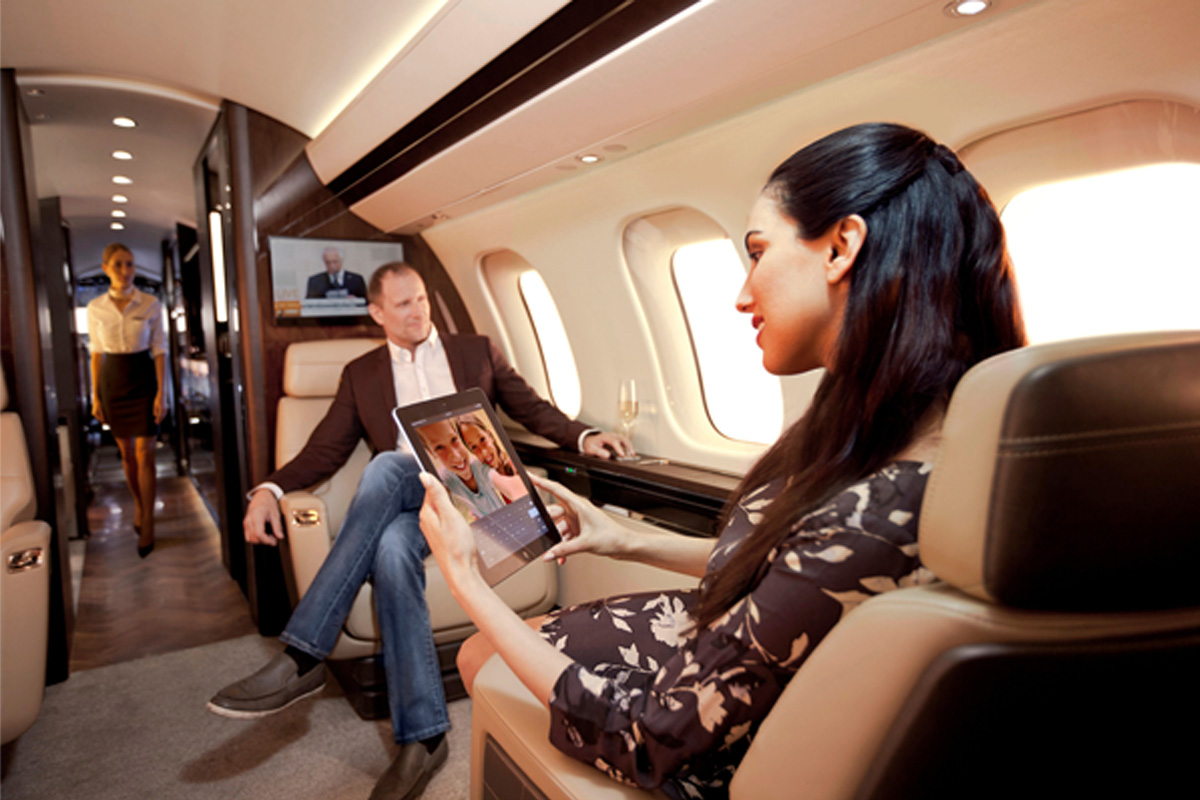
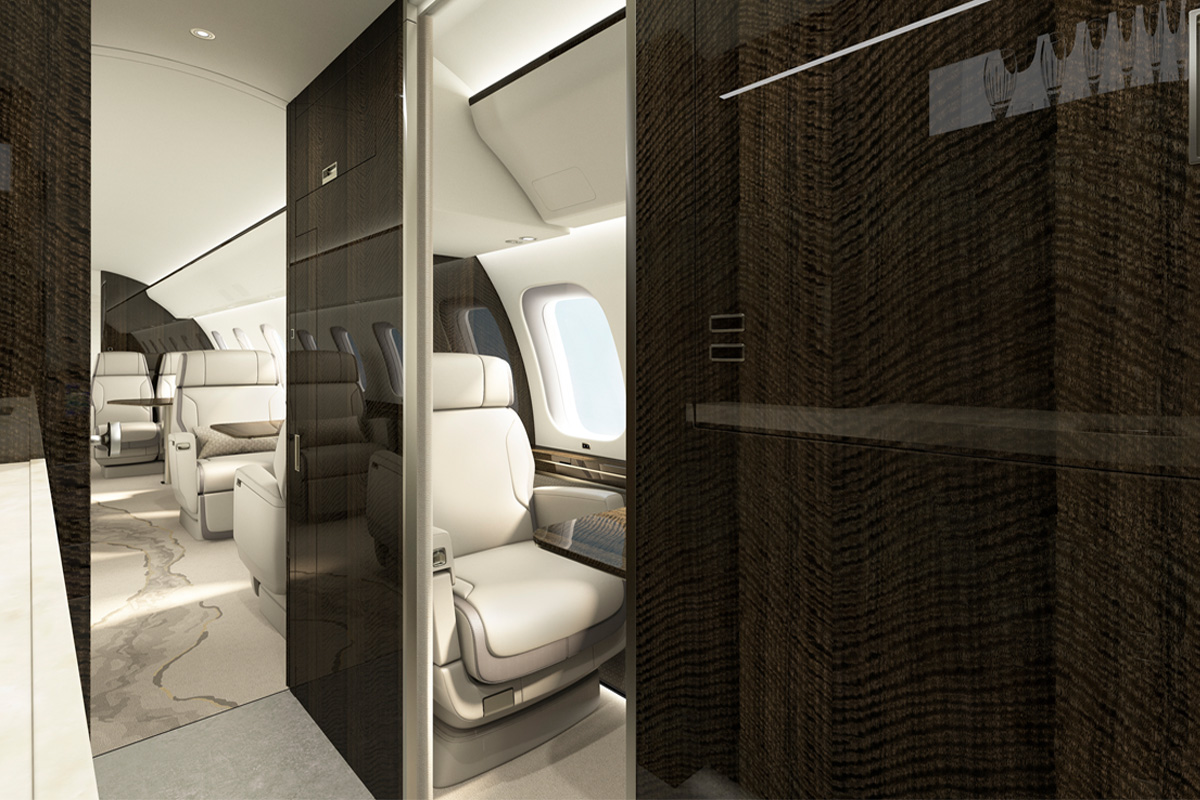
The pilot shortage is real. Aviation training firm CAE predicts business aviation will need an additional 32,000 pilots by 2032 and the ability to train pilots at current levels will satisfy only a fraction of that outsized demand. As the fleet continues to potentially grow in excess of the ability of the industry to train pilots, the problem will worsen. Accordingly, pilot salaries are skyrocketing. Additionally, pilots are successfully demanding predictable and fixed schedules— often requiring the hiring of even more pilots. Owning an aircraft is a big endeavor requiring the right expertise and due diligence.
Deploying Capital
The increased individual purchases of aircraft also brought with it changes in how capital is used to buy aircraft. With low interest rates—and little opportunity to achieve attractive returns—excess cash on hand was used to purchase the aircraft, despite low interest rates. Many aircraft finance professionals in the industry often commented that their biggest competition was their client’s own cash, even with interest rate spreads and the underlying indexes, e.g., LIBOR, SOFR, then at historic lows. However, we are beginning to see more people use debt for acquisitions, even as interest rates rise. We are also seeing clients increasingly maximizing the loan-to-values, often to keep cash on hand for opportunistic investing and/or to weather any upcoming recessions.
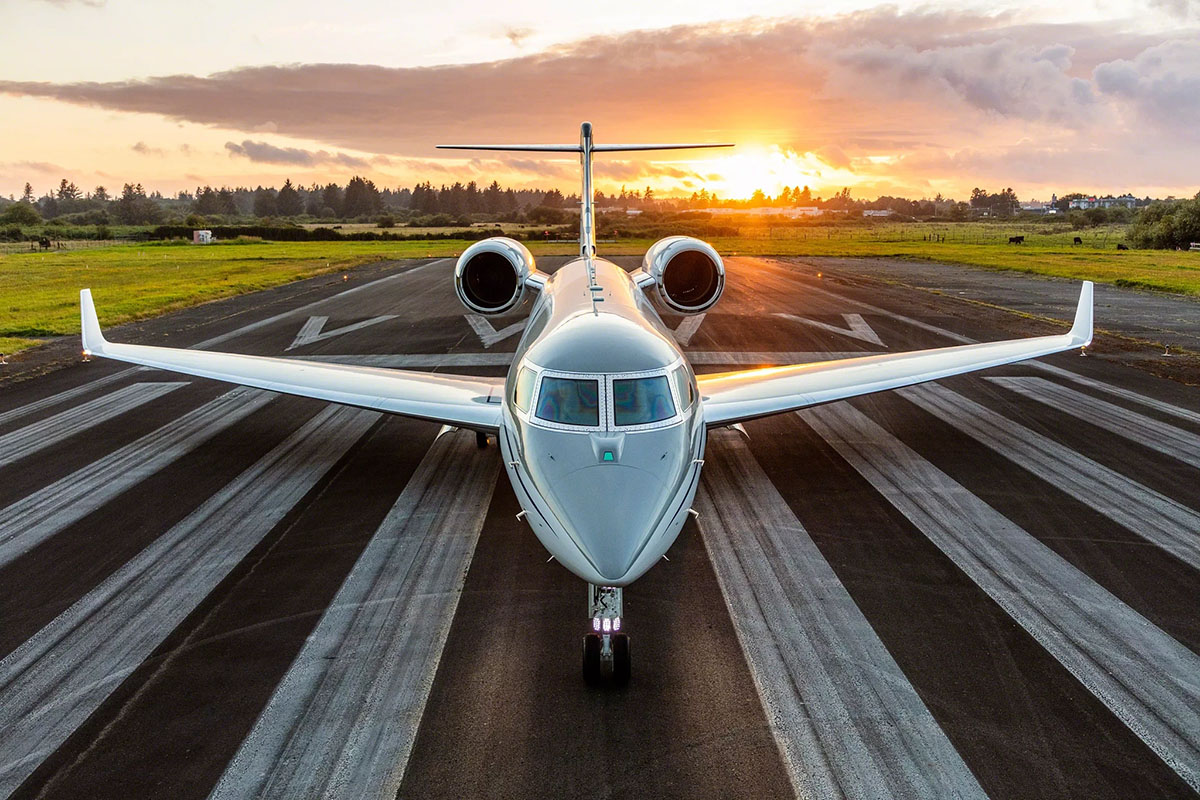
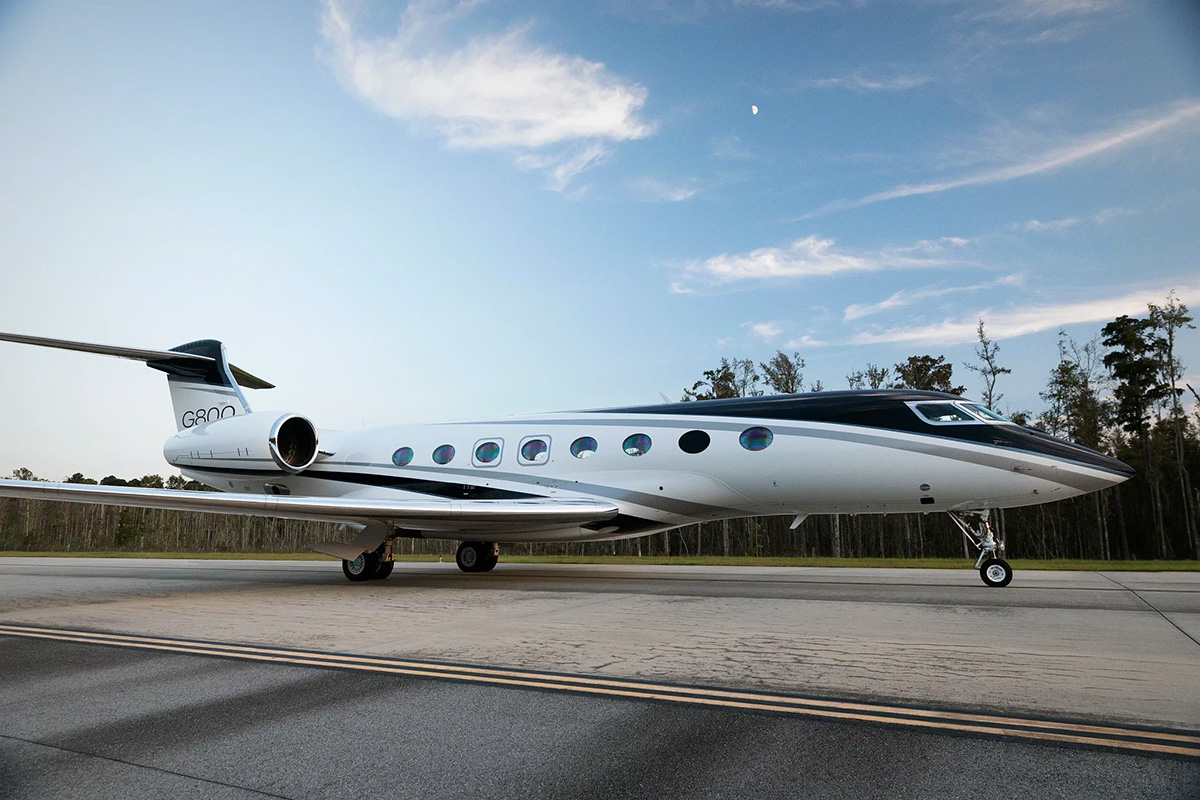
Prior to the rise in high net worth buyers, corporate buyers often—and still do—use operating leases to provide capital for acquisitions, although traditional financing is still used. The attraction to operating leases is the transference of the risk that the aircraft will lose more value than originally thought to the lessor, usually a financial institution. According to Generally Accepted Accounting Policies (GAAP), also attractive is the accounting treatment of the lease, which does not require the entire value asset to be held on the balance sheet. One of main reasons operating leases are attractive to some business aviation users is the protection against future unpredictable losses in value of the aircraft provided through transferring the risk of loss at the time of disposition to another party, typically a financial institution. This creates budget certainty and reduces future asset risk for the user.
Navigating Tax Implications
Implicit also is the beneficial tax treatment of leases that allow some of the tax benefits to be passed along in the form of lower payments to the lessee for those who cannot use all of the tax benefits. During the pandemic, the amount of operating leases used for capital declined, since a higher proportion of buyers were individuals.
Not only did the pandemic drive acquisition activity, but the recent tax changes passed in Congress added fuel to an already hot market by extending eligibility for business aircraft 100 percent bonus depreciation, lowering to 80 percent this year. On top of that, aircraft were also made eligible for 100 percent expensing their first day in service. This essentially made purchasing a business aircraft very attractive and combined with already high pandemic demand, lit a huge fire under the business aviation market.
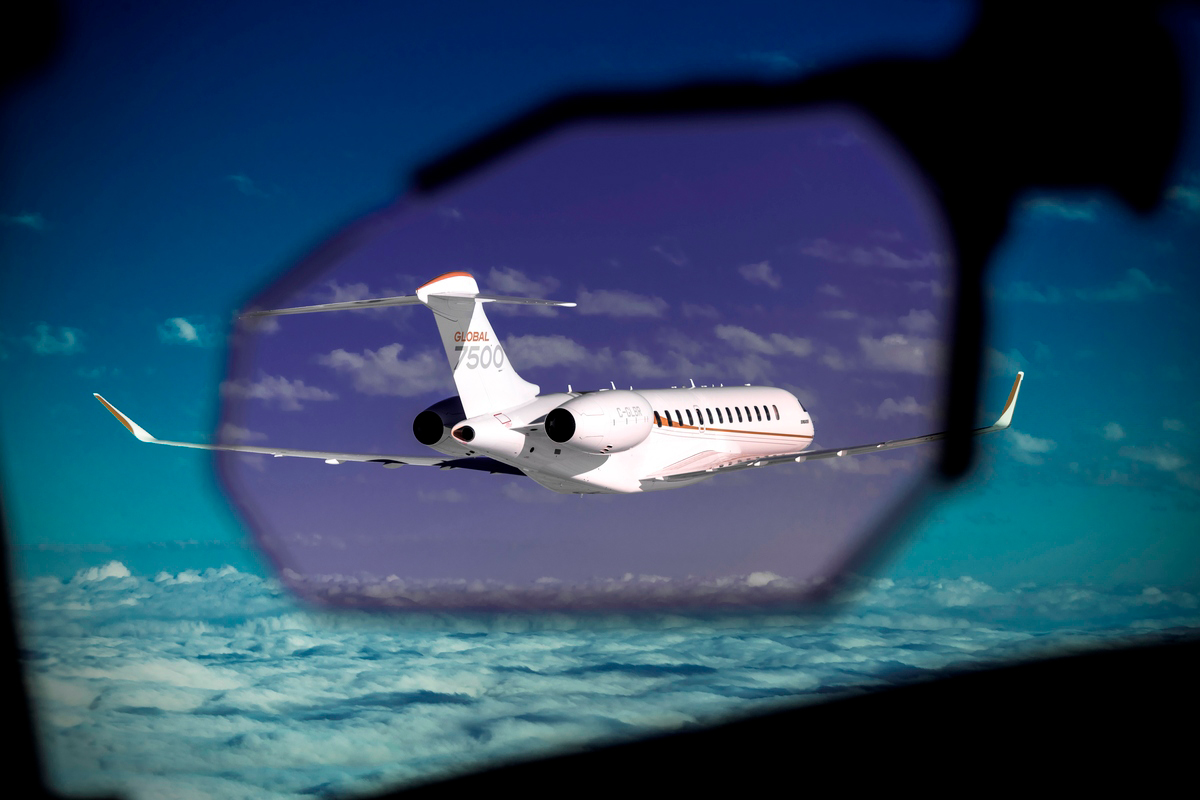
Can this hot market continue? It’s doubtful, as signs of lower demand are emerging, used aircraft inventory levels are increasing and manufacturer backlogs remain steady, even slightly decreasing. What comes up, must come down. After all, aviation is a cyclical industry and aircraft are depreciating assets. The only real question is how much it will decline. It is increasingly becoming a prime time to consider buying an aircraft; waiting to do so now or in the near future may be wiser compared to the past two years.
Views, opinions and estimates expressed herein may differ from the opinions expressed by other Citi businesses or affiliates. The information contained herein is not intended to be an exhaustive discussion of the concepts mentioned herein or tax or legal advice. Readers interested in the concepts should consult their tax, legal, or other advisors. You can read our Important Disclosures at Privatebank.citibank.com/important-disclosure.

